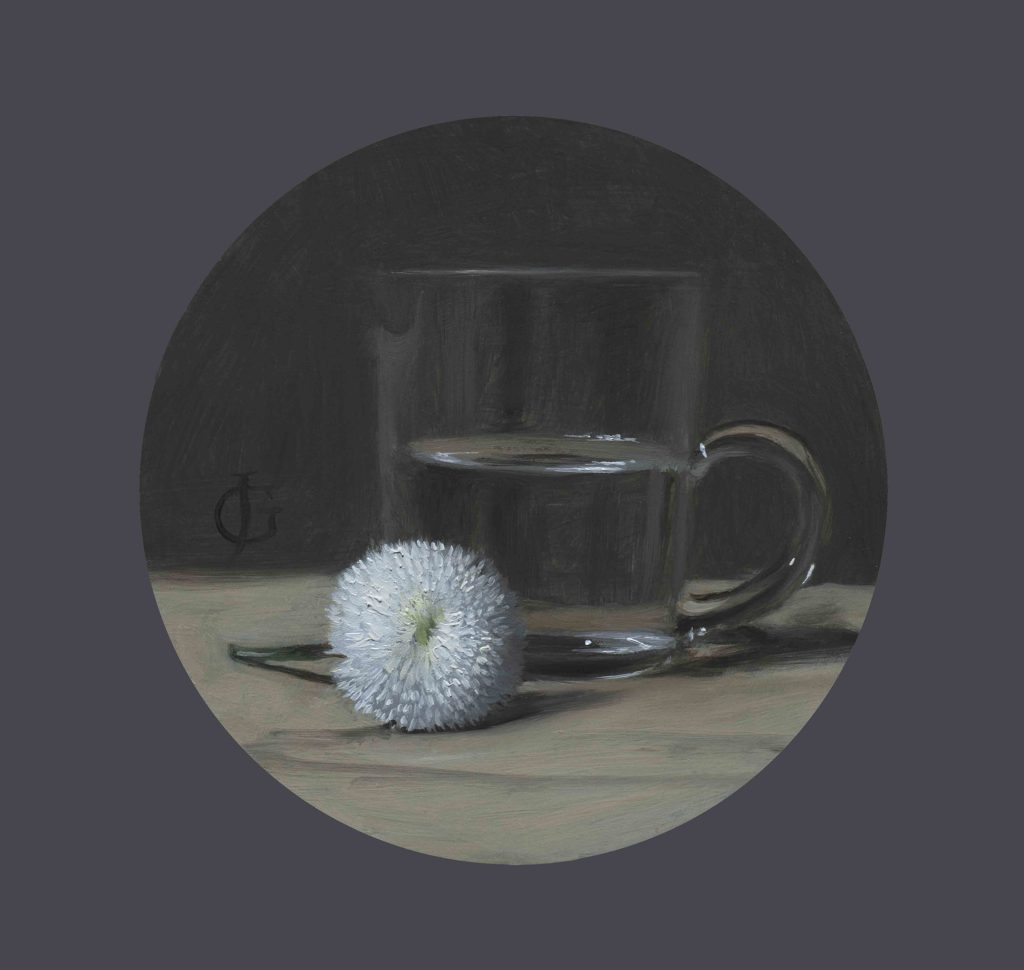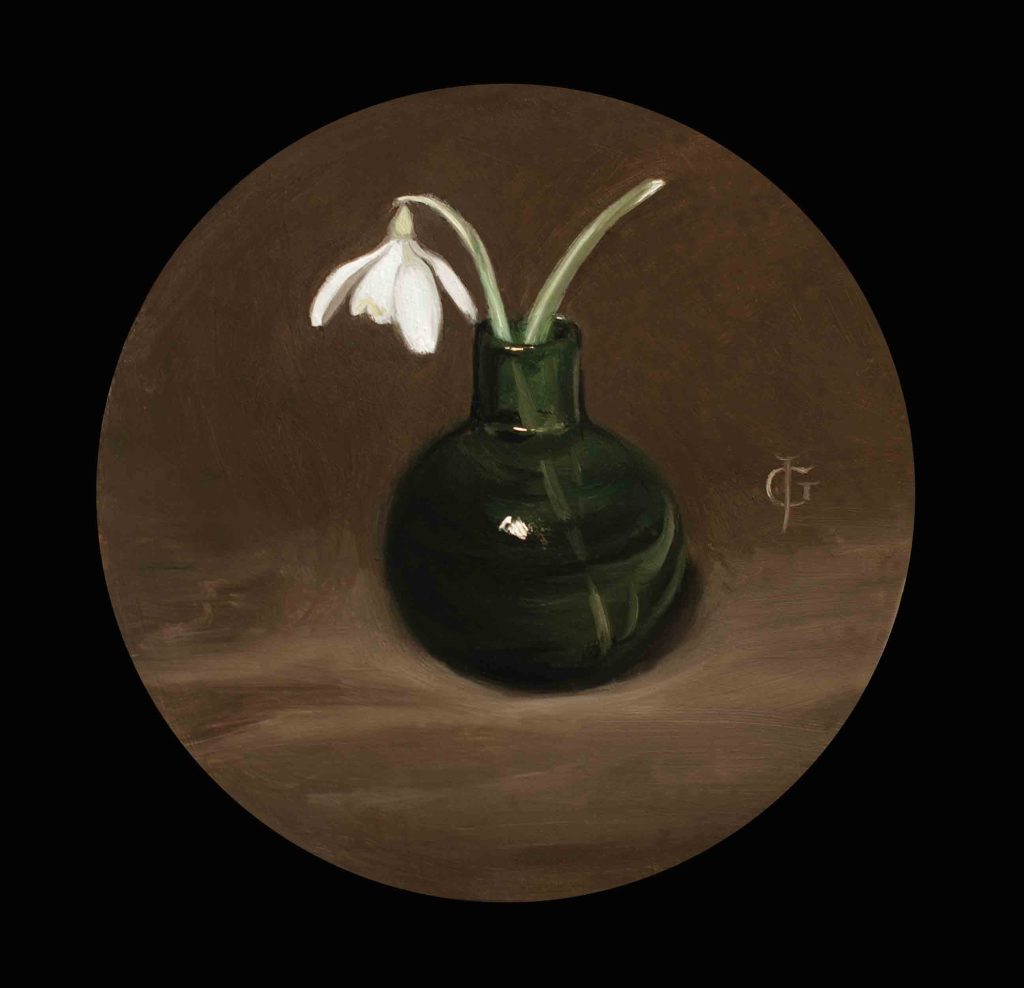The Reprise: a new old way of pricing



It is unusual to find any but the busiest artists using the pricing structure on offer here. It represents a ‘win-win’ for both artist and client and has been very successful as a consequence. Let me explain:
History
Reprises are lower priced versions of an original idea. The most radical thing about James Gillick’s ‘reprises’ is the word itself. ‘Reprise’ is a musical term meaning a phrase, established early in a work that is returned to later on by the composer. I have applied it to painting for the first time to explain a very old studio practice.It was highly unusual for a painting to leave the studio of top artists from the 1300s up to the early 1800s without it first being repeated in some way. There are as many as 40 signature versions of some van Dyck’s work, all of huge value, as many as 25 of Raphael’s, and numerous versions of Antonella de Messina’s ‘Virgin’s.
Chardin painted 300 works in his life, 100 of which were versions of some of the other 200. Giacometti produced twenty eight very similar reprises of one subject, ‘Caroline’, in the 1950’s and 60’s. The Pre-Raphaelites, Rembrandt, Picasso, Andy Warhol & Salvador Dali made versions of their own work, as do Michael Craig Martin, Geoff Koons, Sarah Morris, Damien Hirst, Julian Opie and Chris Ofili.
How is an original different from a reprise?
The ‘Original’ idea is a single original idea painted entirely by James Gillick. It is a slow struggle to design, draw and paint. Two brass plaques are screwed to the back of the painting engraved with the word ‘original’. These sandwich a signed calfskin manuscript attesting to the paintings status and all its details. The painting is signed by the artist so:
A ‘Reprise’ is a repainted version of the original composition. The ‘original’ is not copied; the same subject is set up in the studio and painted anew. It is altogether an easier work. It will differ slightly, but recognisably from the ‘original’. It is also painted by James Gillick, corner-to-corner. Two brass plaques are screwed to the back of the painting, but engraved with the word ‘documents’. These also sandwich a signed calfskin manuscript attesting to the paintings status and all its details. It is also signed.
Why do this?
Benefits to the client
- A genuine range of prices
- Freedom to alter the picture size to suit the location
- Freedom to use a different, more suitable frame at no extra cost
Benefits to the artist
- Ability to promote his most successful ideas
- The artist does not exhaust his ideas, he preserves his creative spark and can keep the quality high. His clients need him to do this.
Benefits to both
- One of James’ chief jobs is to add value to the work owned by his clients. He does this by painting well and becoming visible in the public sphere. In making only 20-25 works a year (most of which sell quickly) James remains pretty invisible even though he’s written about quite widely. The client wants the artist’s work to be seen and reviewed simultaneously in as many places as possible. Owners of ‘Originals’ need copies of it to be widely broadcast to add value to it. What this scheme offers the client is simply the difference between owning something lovely and owning something with a genuine potential for real open market value.
- The long term aim of the pricing structure is to extend the price of the original upwards leaving the price of the reprise at a ground just below centre. You will have already come to the conclusion that this also benefits existing owners.

The practicalities of the ‘reprise’ method for raising and maintaining the value of artworks has always been apparent and has been appreciated and practiced in the studios of top painters throughout history. The contemporary art market still employs it extensively. It is returning to fashion partly because the advent of universal, cheap, high-quality digital printing has rendered the art print almost valueless in recent years. In light of a renewed search for lasting value in commodities an age of art patronage is returning. Older studio practices are being reborn to satisfy the demands of an innovative raft of discerning private art-buyers. Join them.